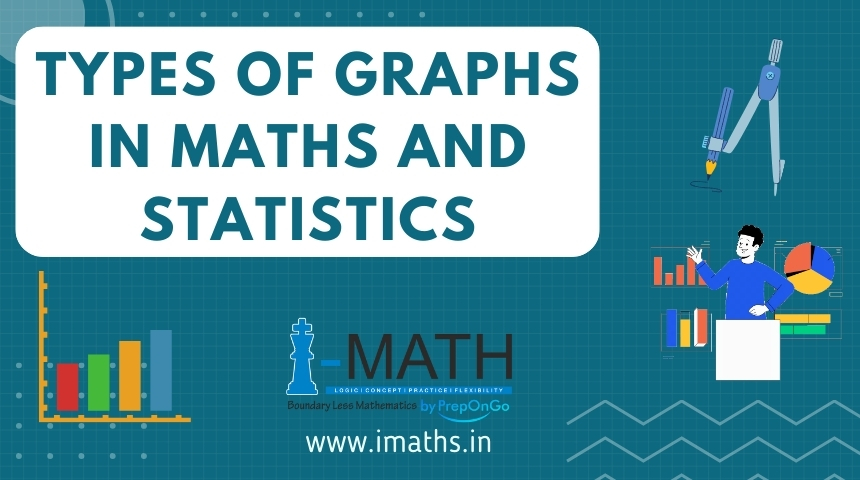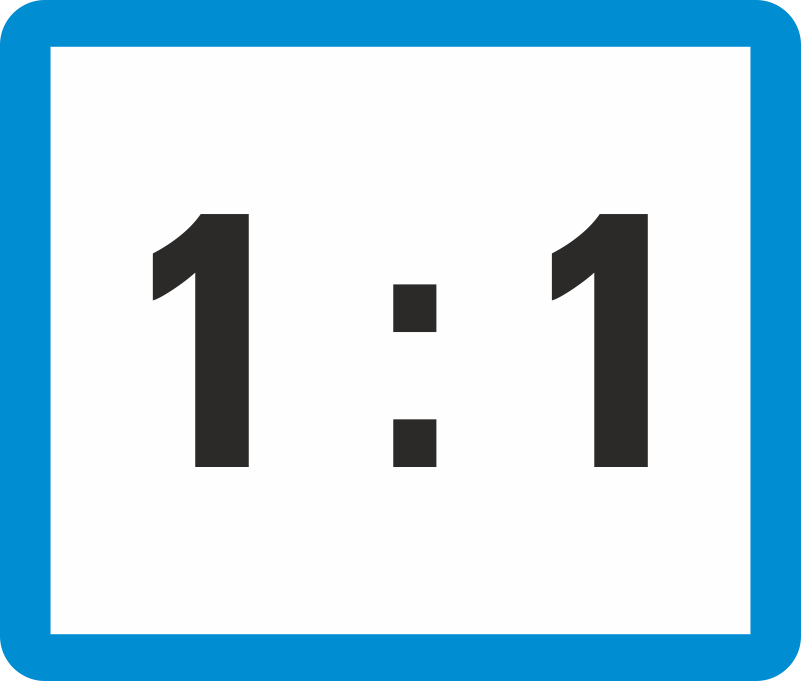Types of graphs in maths and statistics

Numbers can tell a story, but sometimes, a visual representation can make it a whole lot clearer. This is where graphs come in! In the world of maths and statistics, graphs are powerful tools used to present data in a way that’s easy to understand and analyze. This article gives the complete Information on – Types of graphs in maths and statistics.
Table of Contents
- Introduction
- What is a Bar Graph?
- What is a Pie Chart?
- What is Known as a Histogram?
- What are Stem and Leaf Plots?
- What is a Dot Plot?
- What are Scatter Plots?
- What are Time-Series Graphs?
- What are Exponential Graphs?
- What are Logarithmic Graphs?
- What are Trigonometric Graphs?
- What is a Frequency Distribution Graph?
- Summary
1. Introduction
There are many different types of graphs, each with its own strengths and weaknesses. Choosing the right graph depends on the type of data you have and what you want to show.
2. What is a Bar Graph?
Imagine a bar on a playground – a bar graph uses rectangular bars to represent data. The length of each bar corresponds to the value it represents. Bar graphs are great for comparing things like test scores, categories of spending, or the number of people who prefer cats over dogs (we all know who wins there!).
3. What is a Pie Chart?
Ever slice up a delicious pie? A pie chart is similar – it uses a circle divided into slices to represent data. Each slice’s size corresponds to the proportion of the whole it represents. Pie charts are ideal for showing how a whole is divided into parts, like budget breakdown or survey results.
4. What is Known as a Histogram?
Imagine a bunch of colorful blocks stacked side-by-side. A histogram uses bars to represent data spread across ranges (like height ranges or temperature ranges). The height of each bar shows how many data points fall within that range. Histograms are fantastic for showing the distribution of data, allowing you to see if data is clustered, spread out, or skewed in one direction.
5. What are Stem and Leaf Plots?
Think of a flower with a stem and leaves. A stem and leaf plot uses a clever way to show data while saving space. The “stem” represents the leading digits of the data, and the “leaves” are the trailing digits, giving a quick picture of how the data is distributed.
6. What is a Dot Plot?
Imagine a swarm of fireflies lighting up the night. A dot plot uses dots to represent each data point on a number line. This simple graph is useful for visualizing small datasets and spotting outliers (data points that fall far away from the main group).
7. What are Scatter Plots?
Imagine a cloud of points scattered across the sky. A scatter plot shows the relationship between two sets of data using dots. Each dot represents a pair of data points (one from each set). Scatter plots are great for exploring correlations or trends between variables. Maybe there’s a connection between study hours and exam scores? A scatter plot can help you see!
8. What are Time-Series Graphs?
Time flies, and data can too! A time-series graph shows how data changes over time. Imagine a line tracing the temperature throughout the day, or tracking website traffic over a month. Time-series graphs are useful for identifying trends and patterns over




